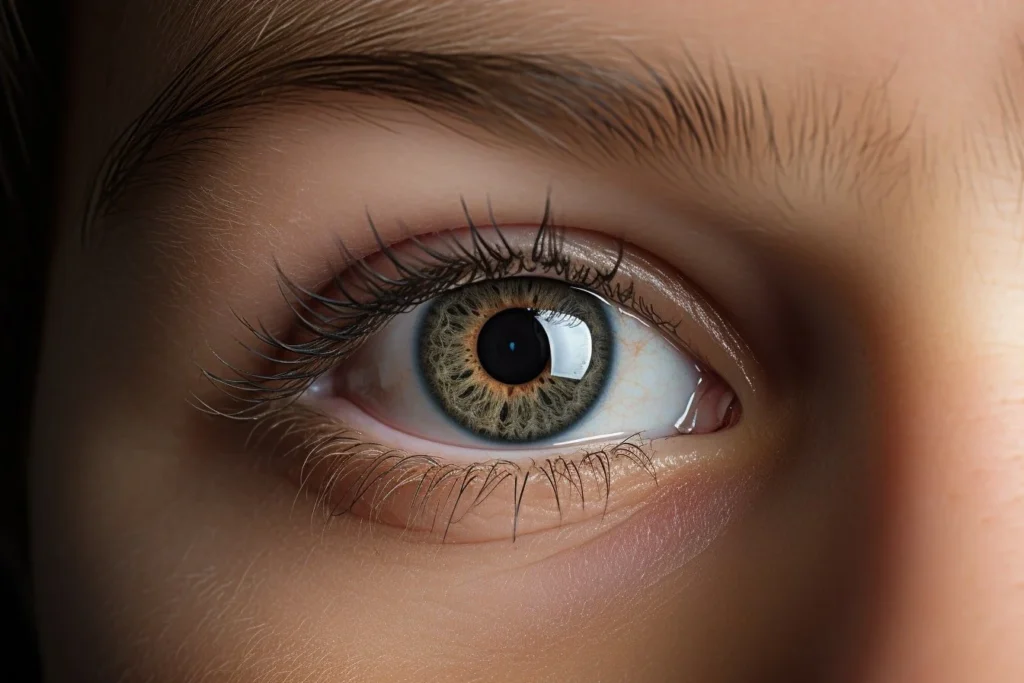The pupil is a crucial part of the eye. Apart from letting light into the eyes, there are clinical uses for the pupils. The pupil can be used to check for the presence of neurological problems in patients. Thanks to the ability of the pupil to adjust in size. This important function can be activated by doctors. With the use of neurological tools, they can check for the presence of certain disorders.
The eyes have different parts. One of these parts is the pupil. This is the dark opening at the center of the eyes. Its main function is to let light into the eyes. However, technology has supported pupillary evaluation. This is a procedure where doctors examine the pupils to check for potential health problems.
Why measure pupil sizes?
You would think that there are more sophisticated ways of checking for neurological problems. However, for centuries, doctors have relied on pupillometry for this cause. It has been proven over the years that pupil size measurements give accurate results. For many years, the procedure has been a key clinical indicator of certain health problems among patients. Neurologists can study changes in certain pupil parameters. They can then draw informed conclusions from the readings obtained.
The science of measuring pupil sizes
Measuring pupil sizes is a branch of medicine called pupillometry. This medical field also measures the reaction of the pupils to a light source. It is executed with the use of special instruments known as neurological tools. Pupilometry is a useful measurement for examining patients. The procedure helps doctors detect the presence of various neurological injuries in patients.
Identifying neurological disorders: The importance of pupil size
Pupils usually react to light entering the eyes. At this point, it changes in size. This size depends on the intensity of the light. In recent times, neurologists have discovered that the variance in pupil sizes has clinical importance. This is a good indicator of pupil assessment. The size of the pupils changes in the presence of light. They behave a certain way to indicate the presence of a certain neurological problem.
An example of the use of pupil size in clinical environments
Pupil assessment is a reliable indicator of certain health problems. For example, a blow to the head can cause a traumatic brain injury. However, doctors will never know this until they evaluate your pupils. The pupillary light reflex is used in this case. Your doctor gets his tools to inspect the pupils of both eyes. If one or both pupils look bigger than usual (dilated), this confirms a serious brain injury.
Pupillometers in Pupil Size Assessment
The pupillometer is the most popular neurological tool used for this evaluation. This is an instrument that is used to measure certain variables in the pupils. The measurement obtained is compared to a standard pupil size model. This algorithm is known as the Neurological Pupil Index. NPI is a pupil measurement model that was developed by Neuroptics, Inc.
Pupil Size Measurement in Critical Care
Doctors have been using pupil size measurement in critical care for over 100 years now. Before the existence of electricity, doctors conducted pupillometry with traditional light sources. This practice is very popular in critical care. Doctors examine patients by checking their pupils. This procedure is common among patients with impaired consciousness. It can also be used on patients who are suspected of having an injury to the brain. In addition, the procedure can also detect the presence of stroke in patients.
Why use the Neurological Pupil Index in this case?
The Neurological Pupil Index is used by neurologists across the world. It is a more reliable tool for pupillary evaluation because it gives more standard results. It depends on the measurement of any one of the variables in the pupils. These variables include:
- The pupil dilation velocity
- The pupil constriction velocity
- Pupil latency
- Pupil size
The measurement from the neurological tool is then compared with standard measurements. The NPI then works automatically to grade the result of the test. This scale is graded from 0 to 4.9. The reaction of the pupils is graded with numbers. Several measurements are obtained for doctors to detect a pattern or trend in the readings.




